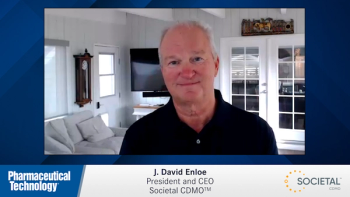
Personalizing for Better Products
Pharmaceutical drug development is becoming more and more expensive, with a high incidence of products failing late-stage trials. Governments and healthcare payers are demanding medicines that offer a balance of benefit and cost.
Pharmaceutical drug development is becoming more and more expensive, with a high incidence of products failing late-stage trials. Governments and healthcare payers are demanding medicines that offer a balance of benefit and cost. Could personalized medicines and diagnostics offer a solution to both?
In April 2011, the EMA’s Committee for Medicinal Products for Human Use
Although touted as an effective treatment, Tysabri has also been associated with the risk of developing a serious and, often fatal, brain infection called progressive multifocal leukoencephalopathy (PML). The new label identifies that a certain antibody status (presence of anti-JCV antibodies) is a risk factor for developing PML. A test to detect these antibodies can identify at-risk patients, which is a development that marks a step towards personalised medicine - matching the right treatments with the right patients to maximize therapeutic effect.
In their
Biogen and Elan have also identified two other PML risk factors: over two years of treatment with Tysabri, and previous treatment with medicines known to weaken the immune system.
Tysabri has had a rickety life. It was voluntarily withdrawn from the US market in 2005 because of concerns over PML, but relaunched in 2006 with a black box warning and a strict monitoring plan. In Europe, Tysabri was approved in 2006 but has been under close scrutiny by the EMA. The EMA has also kept a tight watch and finalised a review of the medicine in January 2010, concluding that the benefits of the medicine outweigh the risks.
As well as improving the safety of patients, the new label could also help to boost Tysabri sales. According to an article by
The JCV diagnostic test is a good example of how pharma companies can improve their medicines. All drugs, unfortunately, have side effects but a lot can be gained by understanding how those effects occur-and in which patients. Biogen and Elan are not the only companies making efforts to personalise their medicines. As was well
No doubt there is more to come in the world of biomarkers, diagnostics and personalized treatments.
Newsletter
Get the essential updates shaping the future of pharma manufacturing and compliance—subscribe today to Pharmaceutical Technology and never miss a breakthrough.

